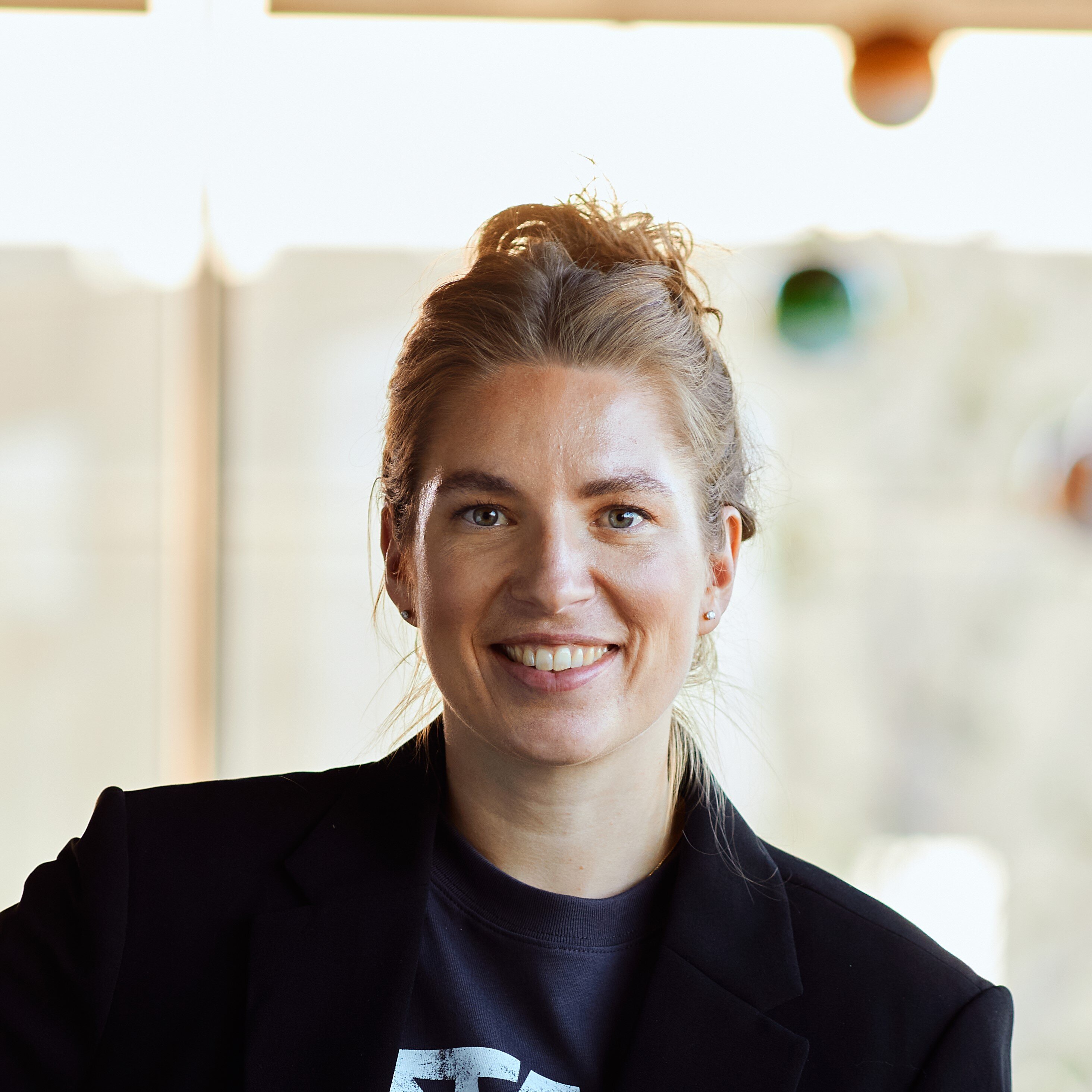Not scrap metal
The story about the fire extinguishers starts far from Lørenskog, more precisely at AF Environmental Base Vats a few miles from Haugesund. At this facility, ships and offshore installations are dismantled and sorted for recycling.
On these installations, there are a number of fire extinguishers that must be handled as part of the process of dismantling. Previously, fire extinguishers were treated as scrap metal. But at Miljø Norge, they thought it should be possible to use the extinguishers again, much in the same way as soda bottles used to be washed and reused.
– This extinguisher looks brand new. Previously, it would have been emptied and sorted as scrap metal, says Janne Blaasvær, CMO at Miljø Norge.

At the company’s production facility in Lier, she shows off a hand extinguisher that has expired. After ten years, fire extinguishers should be replaced, even if they have done nothing more than stand in a corner and have never been used.
